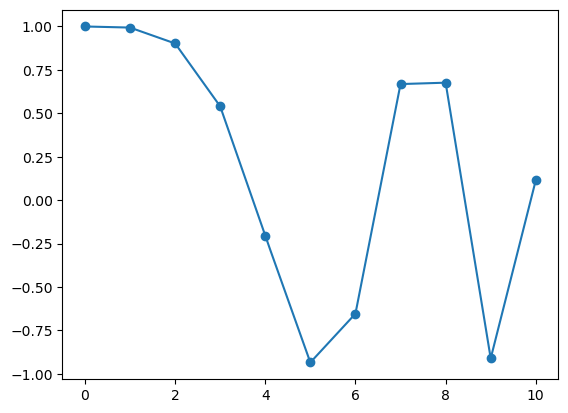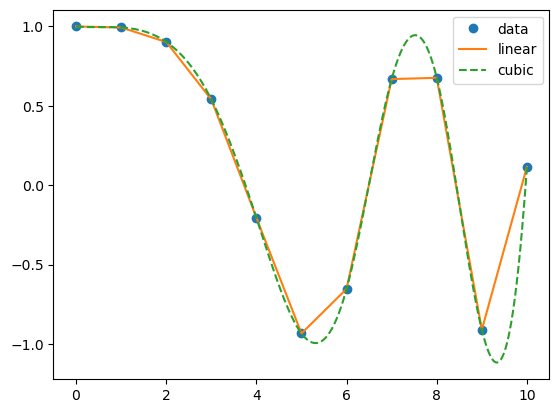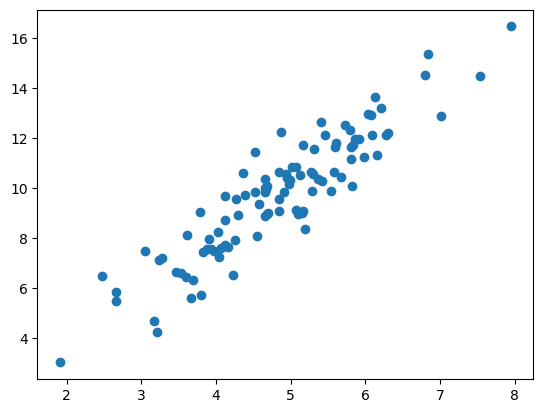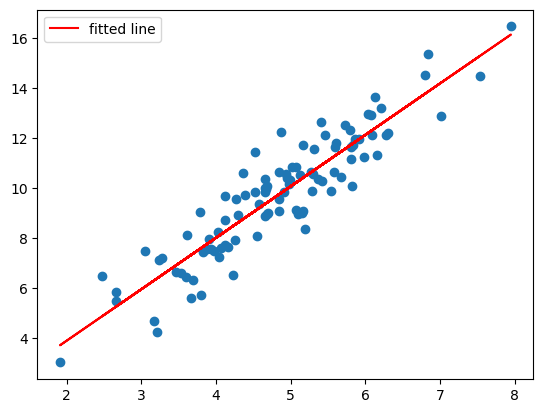Introduction to SciPy#
What is SciPy?#
SciPy (Scientific Python) is a Python library used for scientific and technical computing. It is a collection of mathematical algorithms and convenience functions built on the NumPy library.
The SciPy package contains various sub-packages that are dedicated to common issues in scientific computing. See the table below:
Subpackage |
Description |
|---|---|
cluster |
Clustering algorithms |
constants |
Physical and mathematical constants |
fftpack |
Fast Fourier Transform routines |
integrate |
Integration and ordinary differential equation solvers |
interpolate |
Interpolation and smoothing splines |
io |
Input and Output |
linalg |
Linear algebra |
ndimage |
N-dimensional image processing |
odr |
Orthogonal distance regression |
optimize |
Optimization and root-finding routines |
signal |
Signal processing |
sparse |
Sparse matrices and associated routines |
spatial |
Spatial data structures and algorithms |
special |
Special functions |
stats |
Statistical distributions and functions |
In this tutorial, we will briefly introduce interpolate and stats subpackages.
Install SciPy#
Install SciPy using pip
Run the following command in the terminal:
pip install scipyInstall SciPy using Anaconda
conda install -c anaconda scipy
Interpolation#
SciPy provides functions to perform interpolation. Here’s an example of 1D interpolation using scipy.interpolate.interp1d():
import numpy as np
from scipy.interpolate import interp1d
from matplotlib import pyplot as plt
We first generate a test dataset x and y below:
x = np.linspace(0, 10, num=11, endpoint=True)
y = np.cos(-x**2/9)
plt.scatter(x, y)
<matplotlib.collections.PathCollection at 0x1226aae00>

Then we can try to find out the values in between the points using interpolation function interp1d(). The default method is linear interpolation if you do not specify.
f = interp1d(x, y) # the default is linear interpolation
xnew = np.linspace(0, 10, 1000)
ynew = f(xnew) # use interpolation function returned by `interp1d`
# Plot the results
plt.plot(xnew, ynew)
plt.scatter(x,y)
plt.show()

We can also try other interpolation method such as “cubic” using kind="cubic"
f2 = interp1d(x, y, kind='cubic')
# Plot the results
ynew2 = f2(xnew) # use interpolation function returned by `interp1d`
plt.plot(x,y,'o',xnew,ynew,'-',xnew,ynew2,'--')
plt.legend(['data', 'linear', 'cubic'], loc='best')
plt.show()

Methods that you can choose from interp1d include the followings. Feel free to try out yourself.
Linear
Nearest
Zero
S-linear
Quadratic
Cubic
Exercise in Interpolation#
Time: 5 minutes
Can you generate a new dataset and try out different interpolation methods using interp1d or other functions.
Check more details in the official website.
Statistics#
The stat subpackage is very useful for statistic usage. Here we will introduce the example of linear regression.
We will import the stats first:
from scipy import stats
Generate the data:
# Generate some data for linear regression
x = np.random.randn(100) + 5 # A random sample of 1000 numbers from a normal (Gaussian) distribution with mean 5
y = 2*x + np.random.randn(100) # A random sample of 1000 numbers from a normal (Gaussian) distribution with mean 0
plt.scatter(x,y)
<matplotlib.collections.PathCollection at 0x127e2b7f0>

# Perform a linear regression
slope, intercept, r_value, p_value, std_err = stats.linregress(x,y)
print(f'slope = {slope}, intercept = {intercept}, p_value = {p_value}')
print(f'r_value = {r_value}, std_err = {std_err}')
slope = 2.060071419651353, intercept = -0.22220682062170027, p_value = 1.2214866625946454e-40
r_value = 0.9159285637898558, std_err = 0.09118460593222329
# Plot the results
plt.scatter(x,y)
plt.plot(x, intercept + slope*x, 'r', label='fitted line')
plt.legend()
plt.show()

Further Reading#
This is a very basic introduction to SciPy. There are many online free tutorials for SciPy to explore.
For example:
Check their official documentation, which provides very helpful descriptions and examples.
Video tutorial for beginners on each subpackage: SciPy tutorials for beginners
More advanced tutorial video for scientific computing: SciPy Tutorial (2022): For Physicists, Engineers, and Mathematicians

